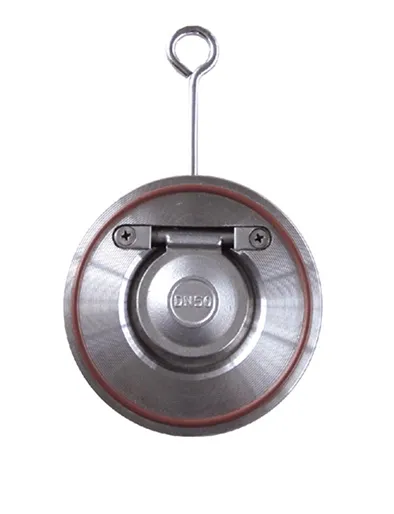11 月 . 04, 2024 14:00 Back to list
Exploring the Features and Benefits of Threaded Ball Valves in Fluid Control Applications
Understanding Threaded Ball Valves A Comprehensive Overview
Threaded ball valves play a crucial role in various industrial and commercial applications, significantly influencing fluid control and management systems. Their design and functionality offer unique benefits, making them a preferred choice for many engineers and plumbing professionals. This article delves deep into the characteristics, working mechanisms, advantages, and applications of threaded ball valves.
What is a Threaded Ball Valve?
A threaded ball valve is a type of quarter-turn valve that utilizes a spherical disc (the ball) to control the flow of fluid through it. The valve features threaded end connections that allow for easy installation into piping systems. When the ball is rotated a quarter turn, it either allows or blocks the flow, providing a straightforward way to manage fluid movement. Typically, these valves are used in applications where tight sealing is essential, and they are often made from materials like brass, stainless steel, or plastic to suit various environments.
Working Mechanism
The working mechanism of a threaded ball valve is straightforward but effective. It consists of a ball with a hole (bore) in the center, which is mounted on a valve body. The ball is positioned between two seats that create a tight seal when the valve is closed. When you turn the valve handle, the ball pivots on its axis, aligning the bore with the flow path to allow fluid movement or turning away from it to stop the flow.
One of the distinguishing features of ball valves is their ability to provide a reliable seal. Their construction ensures minimal leakage, making them ideal for applications involving high-pressure fluids. Moreover, the quarter-turn operation means that the valve can be opened or closed quickly, which is essential in situations where rapid response is needed.
Advantages of Threaded Ball Valves
threaded ball valve

2. Durability Made from robust materials, threaded ball valves are designed to withstand harsh conditions, including high pressure, extreme temperatures, and corrosive fluids.
3. Low Friction The ball's pivoting mechanism results in low friction during operation, requiring less torque to open and close the valve.
4. Tight Sealing When closed, these valves provide an excellent seal, reducing the risk of leaks and ensuring system efficiency.
5. Versatility Threaded ball valves can be used in a variety of applications, including water treatment, oil and gas, chemical processing, and HVAC systems.
Applications of Threaded Ball Valves
Threaded ball valves find application in several fields due to their versatility and reliability
- Water Supply Systems They are widely used in residential and commercial plumbing to control water flow. - Oil and Gas Industry Their ability to handle high pressure makes them valuable in regulating the flow of oil and gas in pipelines. - Chemical Processing The robust construction of threaded ball valves allows them to handle corrosive chemicals safely. - HVAC Systems In heating, ventilation, and air conditioning systems, these valves regulate fluid flow, contributing to energy efficiency and comfort.
Conclusion
Threaded ball valves are an indispensable component in fluid control systems across various industries. Their simple yet effective design, combined with robust performance characteristics, makes them a reliable choice for professionals in the field. Understanding their operation, advantages, and applications is essential for making informed decisions when selecting components for fluid management systems. As industries continue to evolve, threaded ball valves will remain a staple in ensuring efficient and effective control of fluid flow in countless applications.
Share
-
Understanding the Differences Between Wafer Type Butterfly Valve and Lugged Butterfly ValveNewsOct.25,2024
-
The Efficiency of Wafer Type Butterfly Valve and Lugged Butterfly ValveNewsOct.25,2024
-
The Ultimate Guide to Industrial Swing Check Valve: Performance, Installation, and MaintenanceNewsOct.25,2024
-
Superior Performance with Industrial Swing Check Valve: The Essential Valve for Any SystemNewsOct.25,2024
-
Industrial Swing Check Valve: The Ideal Solution for Flow ControlNewsOct.25,2024
-
You Need to Know About Industrial Swing Check Valve: Functionality, Scope, and PerformanceNewsOct.25,2024